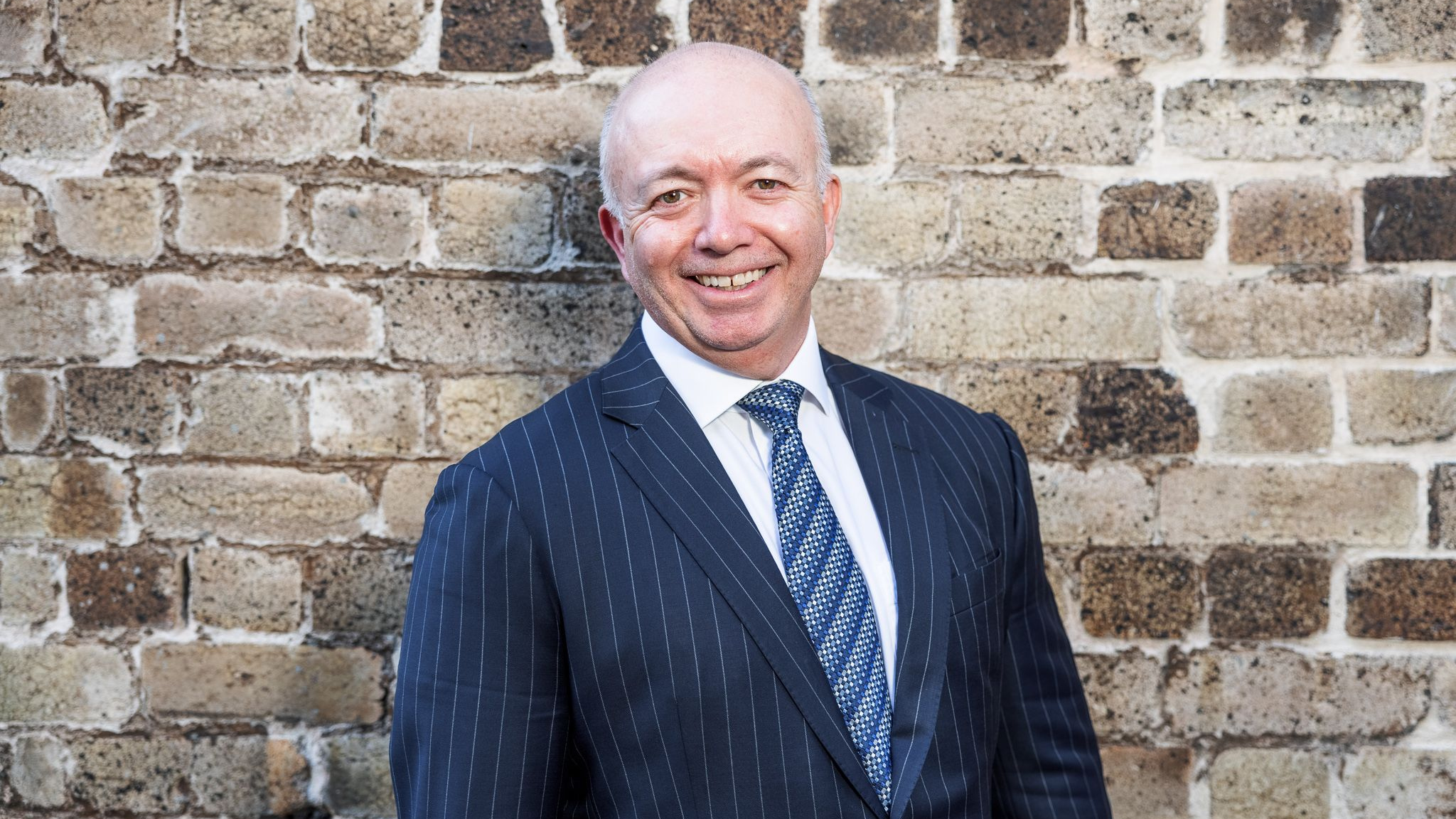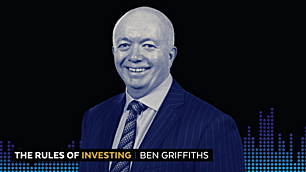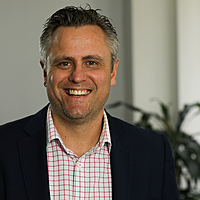Where Eley Griffiths Group is hunting for small-cap opportunities in 2024
Meme stocks. Bond spreads. Technical analysis. These are just a few of the surprising topics traversed in Livewire’s latest interview with the colourful (and highly successful) small-cap investor Ben Griffiths, co-founder of Eley Griffiths Group.

The firm, which is affectionately known as EGG, recently celebrated its 20th anniversary – so its foundation staffers (including Griffiths) have made plenty of trips around the sun. But Griffiths and his team remain keyed into market trends and macro events as part of managing the Eley Griffiths Group Small Companies Fund, Emerging Companies Fund, and the newest addition to the stable, the Mid Cap Fund.
Griffiths detailed some key parts of his investment process during his recent interview for the Rules of Investing podcast, which you can listen to in full here.
Taking the temperature of the market by checking bond spreads is Griffiths’ first step.
He also likes to gauge market sentiment, citing the American Association of Individual Investors - Investor Sentiment Survey as one of his trusted sources.
“You need to set the backdrop for where the market is trading and you need to be aware of the pressure points before you can work out which sectors are likely to perform – and then build a portfolio from that,” he said.
Griffiths described himself as a “student” of technical analysis.
“I always want to know what the primary trend is on a stock, an index or a commodity and whether there are any indications of exhaustion, or whether there are suggestions that investing with the trend is the way to go,” he said. Griffiths singled out the 100-day moving average as one of his favourite data points here.
What’s ahead in 2024?
Griffiths is upbeat in his outlook for next year. Our current scenario is a “pause rally” where the US Federal Reserve and other central banks are trying to decide whether they are done hiking rates. Based on history, he suggested this could last for nine months or more – though he emphasises there’s no way of knowing for sure.
Griffiths pointed to indicators such as the AAII mentioned earlier, which showed a bullish read of 21% in early November, “which told me the market is set the wrong way.”
He also noted that the NYSE had a 10-to-1 up day in mid-November, when 10 stocks traded up for every stock that traded down – a rare occurrence.
“I’m not saying…you can take that to the bank, but it’s the sort of confirmation I like to see ahead of getting a little bit enthusiastic. I think risk is on,” Griffiths said.
“I think there's a buoyant time ahead”
Bitcoin and meme stocks – whether you’re a believer or not – also rate a mention here.
“The meme ETF is up 50% this year, it’s had a rocking great time since late October. And non-profitable tech and other benchmarks – another little index I follow, from Bloomberg – that’s absolutely powering,” Griffiths said.
“I’m not for a second suggesting the lunatics are out of the asylum. But there’s been some stability, and I think sentiment is such that you can sketch out a constructive path for equities, certainly for the next nine months.
In a similar vein, Griffiths sees signs of a resurgence of M&A and IPO activity within the smaller end of the market. And while many onlookers have March 2024 marked in their diary for when deals begin to kick off, he said it is rarely so predictable.
“When the market gets moving, IPOs and deals will happen in the middle of the reporting season, at the end of January, they’ll happen whenever the deals need to be done. But we’re nowhere near that yet,” Griffiths said.
“But there were several IPOs slated for transacting and listing before Christmas that have now been pushed forward to March – let’s call it pre-June – and they should do fairly well.”
He pointed to the Australian corporate AGM season that closed as a more positive indicator than many anticipated, with fewer negative surprises than in previous AGM seasons and more upgrades than downgrades.
“Is that somehow signalling that we’ve come to the end of the downgrade cycle? It’s been 18 months of bruising – the AGM season suggested there’s perhaps more resilience out there than we might have given credit for,” Griffiths said.
Though he believes certain parts of the market will continue to struggle, including parts of Consumer Discretionary, Griffiths expects companies that have been most diligent in cutting their costs will see their revenue margins improve. That’s what he and his team are watching closely.
“There’s a growing list of positives you can put on the table. Whereas six to 12 months ago, you were scratching around to find them,” Griffiths said.
The ASX companies in Griffith's sights
Some of the names EGG is watching closely include three that stood out during the AGM season. Griffiths describes them collectively as part of the cohort of “good quality industrial names with beautiful operation franchises”.
Two other names he likes in the “higher for longer” interest rate environment are engineering and mining services company Monadelphous (ASX: MND) and four-wheel-drive automotive accessories retailer ARB Corporation (ASX: ARB).
Griffiths also cited several resource companies, emphasising this is because he believes in their respective management teams rather than any overwhelmingly bullish view on the underlying commodities.
Some other names Griffiths likes, which he believes are yet to see their low point in profit margins, include Auckland International Airport (ASX: AIA) and Worley (ASX: WOR).
Some mid-cap companies that feature strongly in EGG’s newest fund include:
A five-year stock pick
One of the final trio of questions in every Rules of Investing interview revolves around a hypothetical scenario where markets close for five years, quizzing the subject on which company they would be happy to own and hold through such a period.
After careful consideration, Griffiths’ selection is Kiwi logistics and transportation firm Mainfreight (MFT.NZ). He ticks off several reasons for this, including its large base of operations in Australia and New Zealand and huge potential for growth in new markets where it already has a toehold, including the US and Europe. These opportunities are overlaid with what Griffiths describes as one of the best management teams in Australasia.

13 stocks mentioned
1 contributor mentioned

